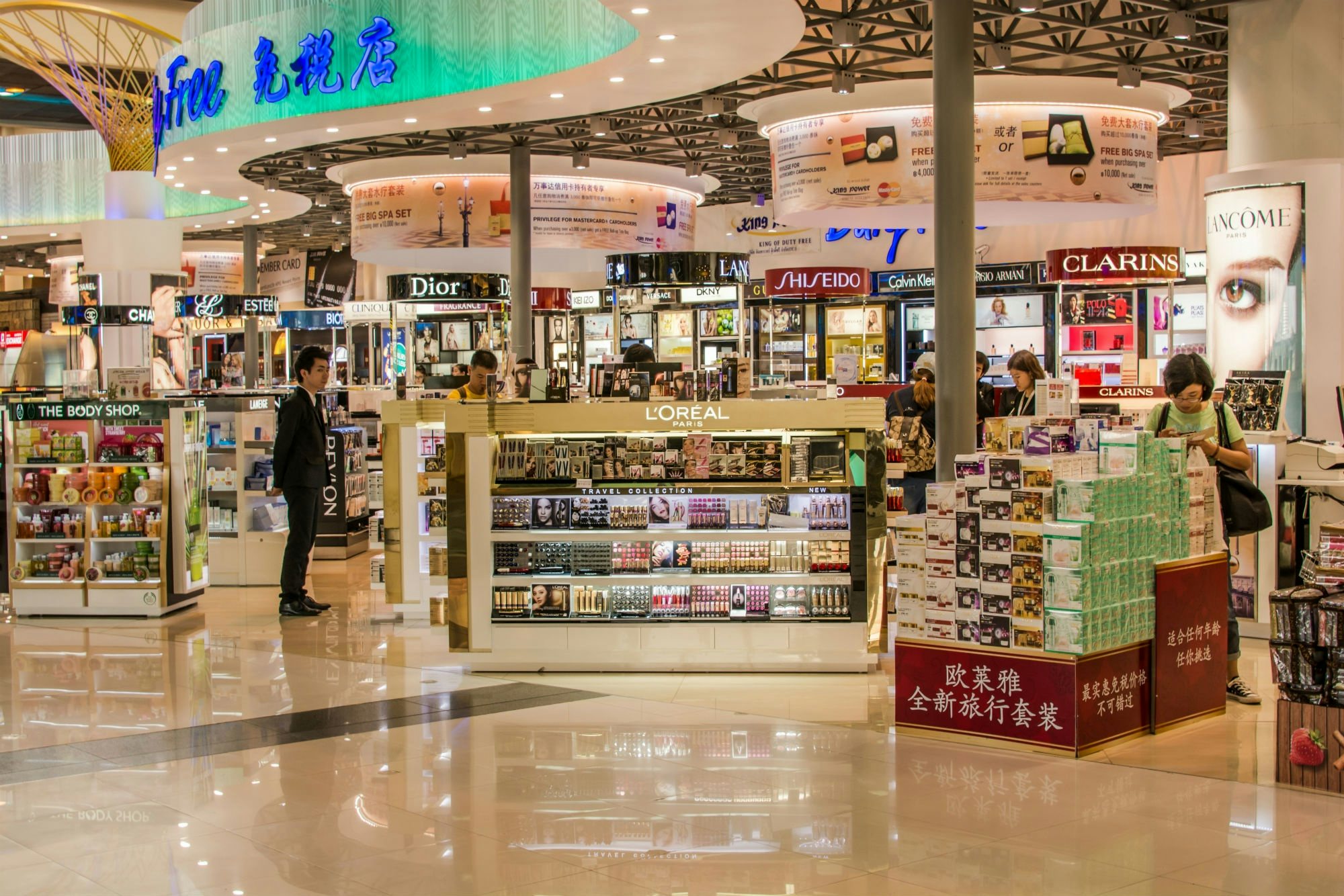From introducing cruise ships with expanded duty-free stores to the development and spread of duty-free malls in Southeast Asia, the travel and luxury industries are racing to attract a new generation of digitally savvy and aspirational Chinese shoppers. As more Chinese consumers embark on international trips, their effect on the global duty-free retail market is becoming more apparent. Retail analyst Verdict Retail confirms this in its latest report, "Global Retail Sales of Duty-Free Retailing: Market Size, Growth and Forecast to 2020,” which predicts that in the next four years, the global duty-free market will expand at a record compounded annual growth rate of 6.7 percent, and Asia Pacific will be among the fastest markets developing during this time.
Between 2015 and 2020, the global duty-free market will generate US$17.8 billion in sales, with more than half of them in Asia Pacific, according to the report. Asia Pacific will have gained a larger share of the market by 2020 compared to Europe, whose share will have dropped by 12 percent since 2010.
Within the Asia-Pacific duty-free market, China's growth rate comes in at number three, at just over 11 percent. The report attributes this to the country's offshore duty-free policies—the government has been working to give Chinese tourists a wider range of products in their offshore duty-free stores to encourage them to buy luxury goods at home. For example, Hainan, which first introduced its offshore duty-free program in 2011, offers Chinese shoppers not only tax-free luxury fashion and cosmetics, but premium imported goods like baby formula. In Shanghai, a state-owned duty-free store featuring 100 brands opened in August to Chinese and foreign shoppers who have traveled abroad within a six-month period.
Outbound Chinese travelers are also having a significant impact on duty-free markets abroad. They are expected to have a particularly critical effect on the Europe and Japan markets in the next five years, according to the report. “Major duty-free markets are relaxing visa policies, expanding downtown duty free, and modernizing airports, including retail, to entice Chinese travelers who are tech-savvy and like to shop at leisure,” said the report authors. Not only that, but some airports are working with popular Chinese payment systems, like Alipay, to make transactions easier, and hiring Chinese-speaking guides to help tourists with their shopping experience.
South Korea is also expected to continue to retain its ranking as the largest duty-free market in the world thanks to a renewed demand for cosmetics. However, at the beginning of the Golden Week holiday, the Chinese government slashed taxes in half on premium Korean beauty products in an effort to “repatriate” Chinese spending on imported products. It's uncertain whether the move will hurt duty-free sales from Chinese shoppers in Korea.
The report advised duty-free retailers to take into account the changing characteristics of Chinese travelers and adapt their marketing strategies accordingly. Dropping airline costs and an increasing number of international connection options from second-tier cities mean that a wider pool of consumers have the opportunity to travel abroad and a portion of them will be looking for affordable luxury products. Chinese travelers are also extremely reliant on digital media, including platforms like WeChat, for making travel plans, and more of them are planning what they want to buy ahead of their trip.
